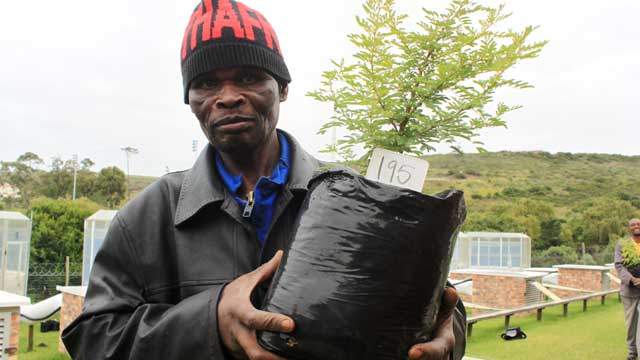
By Sam Van Heerden
“Colonisation affected peoples’ minds…creating a sense that indigenous languages and knowledge are inferior to that of… Western knowledge. Decolonisation is a call to Africanise education”
Learning is a collaborative process between teacher and learner. At least it should be. A lecture hosted by SciFest Africa on Wednesday, Maren Seehawer, a PhD researcher at Oslo and Akershus University College, said that bringing learners’ indigenous knowledges into the science classroom can encourage them to be more active and engaged.
The concept of decolonisation has encouraged educators to consider how local knowledge could be included in the curriculum. The challenge is to make science, largely dominated by Western terms of reference, accessible and relatable for learners in Africa.
“Colonisation affected peoples’ minds…creating a sense that indigenous languages and knowledge are inferior to that of… Western knowledge. Decolonisation is a call to Africanise education,” she explained.
There is therefore a strong need to incorporate indigenous knowledge into the classroom. South African learners have difficulty with science education, and Seehawer says this is partly due to the gap between science in the classroom and at home.
“[But] rather than being a challenge, thinking in terms of [two] different worldviews can be a resource to use and build upon,” Seehawer says. According to her research, indigenous knowledge is based on oral culture. It is passed on from previous generations and is attached to a place, and relates to peoples’ cultures.
The Department of Basic Education acknowledges the need to bridge this gap and allows for the incorporation of indigenous knowledge into the teaching of science. However, Seehawer argues that there is little guidance for teachers on how. Together with her co-researchers, mainly teachers from various Grahamstown schools, they have started experimenting with the science curriculum.
What are the strengths and weaknesses of Indigenous and Western knowledge? How can they complement each other? These are the kinds of questions that Seehawer and her co-researchers explored.
To do this, her co-researchers decided to treat their leaners as ‘experts’ of their own indigenous knowledges. They would say to the children: “Go and ask your parents and community about [the topic].”
“By letting children bring the knowledge to class, they made sure that learners were using the indigenous knowledge that was important to them,” Seehawer says, “Teachers do not have to hold a monopoly on knowledge, but can learn with and from their learners.”
There are further questions attached to the research. “Were [the positive results] due to the indigenous knowledge itself or the collaborative method, both, or something completely different?” asks Seehawer, “Was indigenous knowledge a tool to build a bridge to ‘real science’, or was it valuable in itself? Should indigenous knowledge be a ‘spice’ to add to Western knowledge, or should they be balanced?”
Despite these questions and challenges, Seehawer and her team found that integrating indigenous knowledge was “easy”: “I do not mean to undermine the complexity of the subject, or to neglect the many questions attached to that. But this practical act, “the doing” of teaching indigenous knowledges was not difficult. All it took was a motivated teacher.”
